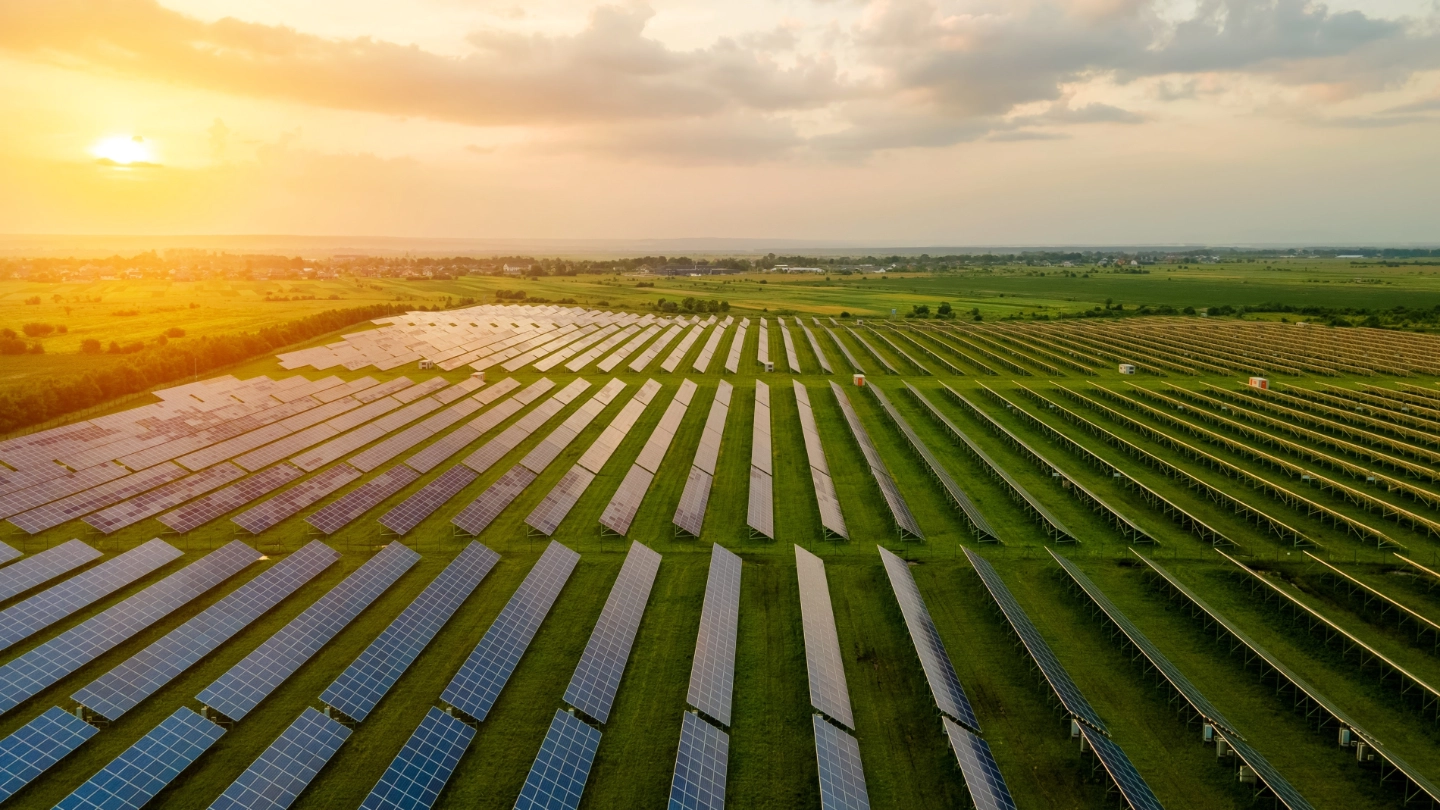
The world is warming up, but clean energy is gaining momentum
At COP27, UN Secretary General António Guterres memorably told assembled delegates that humanity is on a “highway to climate hell”. A year later, the COP28 summit worryingly surveyed the progress of the Paris Agreement against the backdrop of the world’s hottest year on record (2023).
The main culprit stoking the fire of global warming? The energy industry. In fact, energy accounts for an estimated three-quarters of the world’s total greenhouse gas emissions.
But, as my colleagues and I explore in our latest Atradius Energy Outlook, there is a glimmer of hope. And it is one that lies with the energy industry itself.
What is going on with the energy industry?
The world needs energy, in particular, electricity. We expect demand for electricity to grow strongly, especially in emerging and developing countries that will increasingly require electricity to support growing industrialisation.
Much of the demand for electricity in the US, Europe and China is currently being driven by the growth of the electric vehicle (EV) market. But as demand for EVs grows, so will the demand on electricity grids, much of which is still powered by fossil fuel burning power stations.
Outlook for oil and gas markets
While global demand for oil has been increasing, this is expected to peak and start declining by the second half of the 2020s.
Global demand for gas is predicted to peak even sooner than oil, although demand is expected to continue to grow in Asia-Pacific, the Middle East and Africa until 2030, after which it should begin to decline.
Where is this glimmer of hope?
Hope, at least in terms of achieving the UN’s Net Zero aims, lies in the growth of renewable energy. In addition to being the hottest year on record, 2023 was a record year for adding renewable energy capacity to the world’s electricity grids.
Much of this growth has been driven by China. The country is currently building the greatest amount of renewable capacity in the world, both solar and wind. This is a trend that is set to continue, with China expected to add the most capacity towards 2030 and in the longer term to 2050.
As investments in renewables grow, in both China and throughout the world, prices for the technology should start to fall, further aiding the growth of the sector.
Are we on track for Net Zero?
Growth in demand for clean energy is driving renewables markets, especially solar photovoltaics (PV), and is creating bright spots of hope in the transition to Net Zero by 2050.
While this is undoubtedly good news, my colleagues and I want to stress caution. The gap between the Net Zero pledges made by signatories to the Paris Agreement and implemented policies remains wide. The transition to clean energy will need ongoing support and investment, especially in the electricity sector where investment in the grid is vital.
But for now, at least, our journey on the highway to climate hell is showing signs of possible diversions.
Download our Energy Outlook report

































